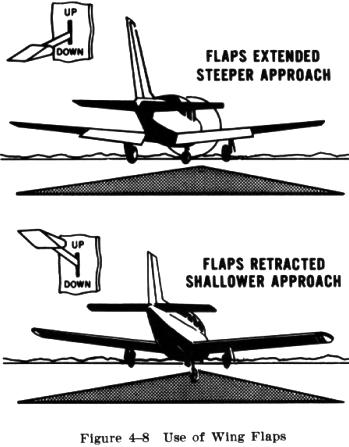

Engineers can then use this data to evaluate the performance of different aerodynamic components, such as wings, diffusers, and ventsį1 teams use CFD in a variety of ways, including: This generates a detailed 3D map of how air moves around the car, including its pressure, velocity, and turbulent eddies. The simulation process involves dividing the car's surface into small elements called cells, and then solving the equations that govern fluid flow over each cell. By simulating the airflow, teams can gain insights into how the car will perform on the track and make adjustments to optimize its performance. This allows teams to optimize the design of the car before it hits the track. In the context of F1, CFD is used to simulate the airflow around the car and evaluate its aerodynamic performance. What is Computational Fluid Dynamics (CFD)?ĬFD is a branch of fluid mechanics that uses numerical methods and algorithms to simulate fluid flows and their interactions with solid surfaces. In this blog, we'll explore the role of CFD in F1 aerodynamics, and how teams use it to simulate airflow and improve their cars. With so much at stake, teams are always looking for ways to gain an advantage over their rivals, and one of the most important tools they have at their disposal is Computational Fluid Dynamics (CFD).


Formula One racing is all about speed and performance, and aerodynamics plays a crucial role in determining the success of a team.


 0 kommentar(er)
0 kommentar(er)
